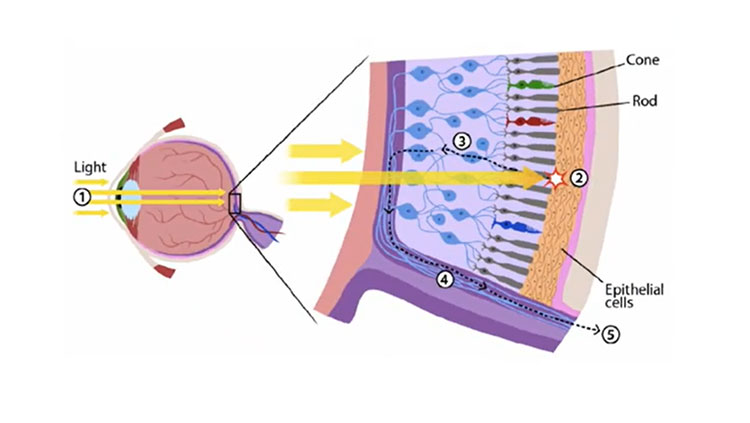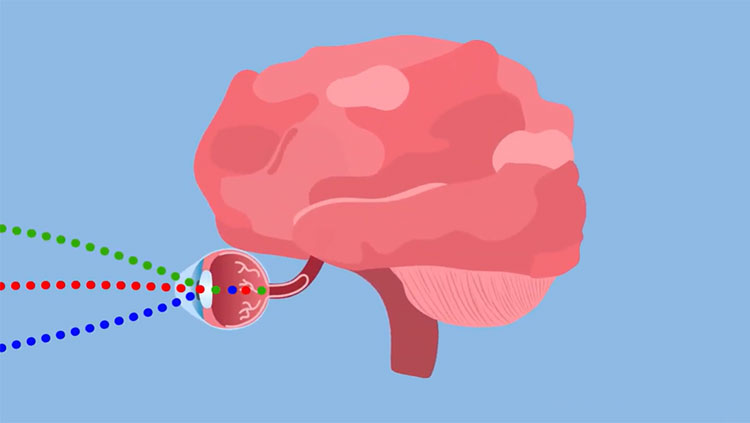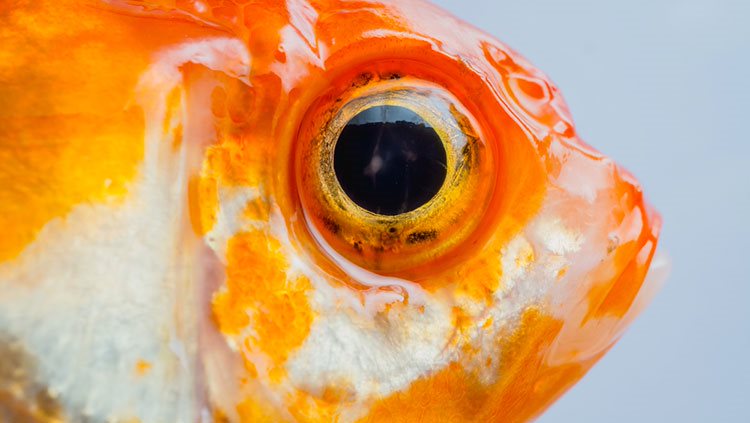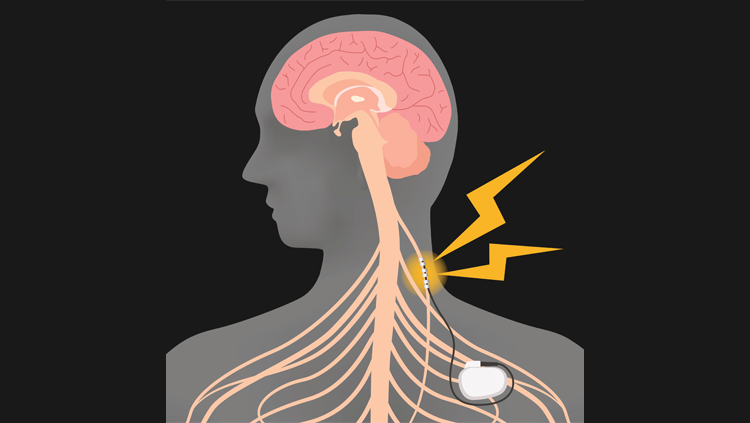Peekaboo!
- Published24 Apr 2018
- Reviewed24 Apr 2018
- Author Michael W. Richardson
- Source BrainFacts/SfN
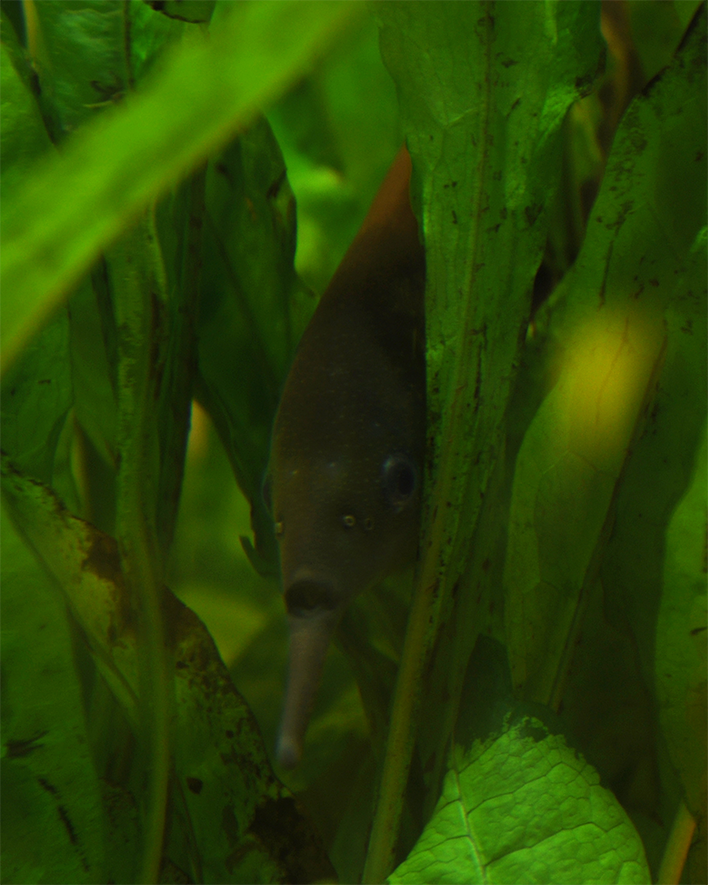
The little fish poking out of the greenery above is a Peters' elephant-nose fish. These fish live in the rivers of central Africa, which can be turbulent and muddy, reducing visual information to a minimum. Instead of relying on sight, these fish use an electrical field to observe their surroundings. The field, which is surrounding their bodies, is created by discharges emanating from a specialized electric organ situated in their tails. If another object enters the electrical field, specialized receptors on their skin pick up the disturbance and allow elephant-nose fish to avoid the danger or navigate their environment. Their elongated chins, seen here pointing downward, are called “Schnauzenorgan” and are densely covered in these receptors. These fish use the Schnauzeorgan as an “electrosensory finger” to inspect objects such as food or the fine structure of objects. Scientists are studying these fish and their special sense in order to learn about the function of the nervous system.
CONTENT PROVIDED BY
BrainFacts/SfN




